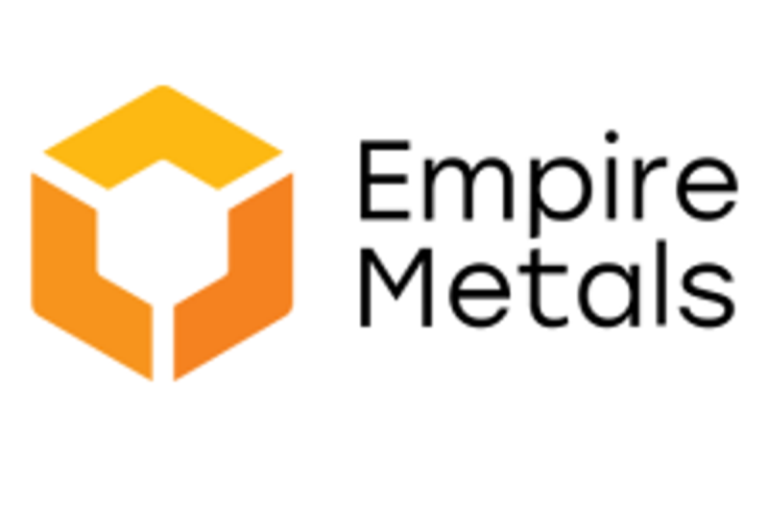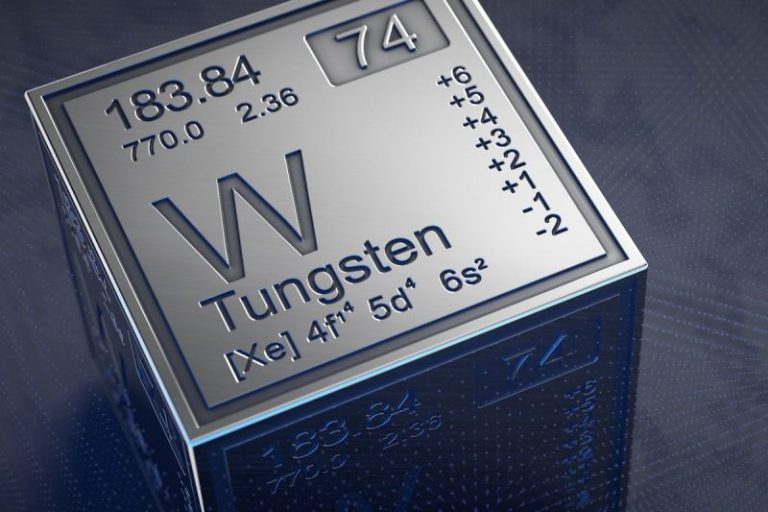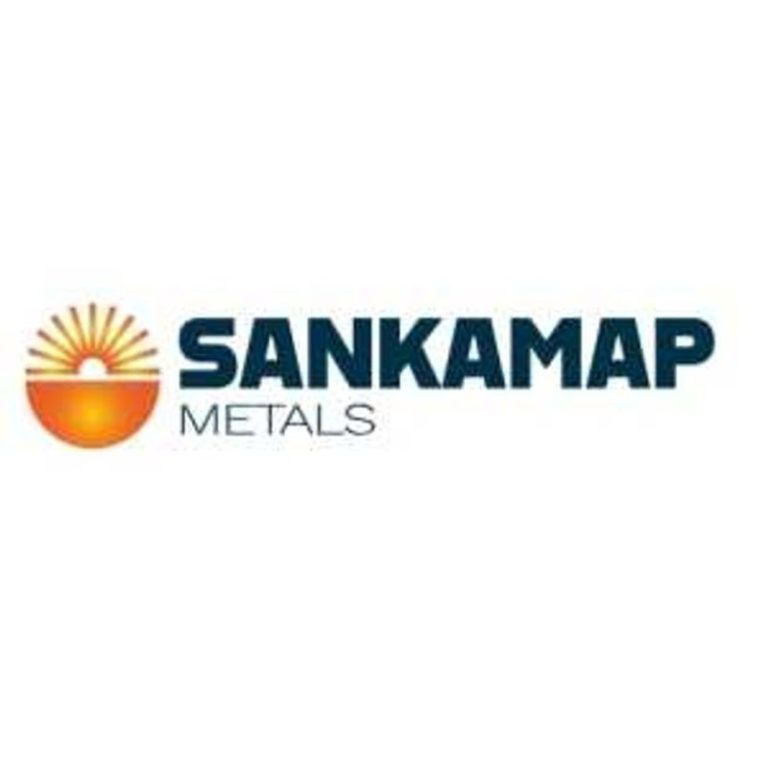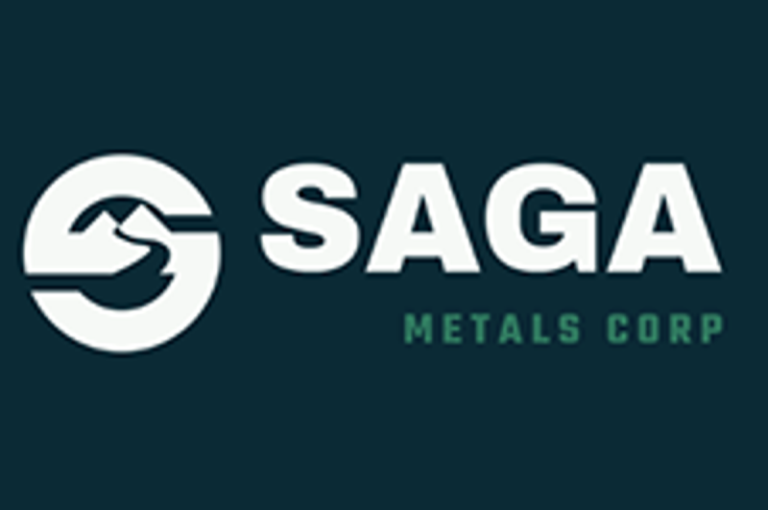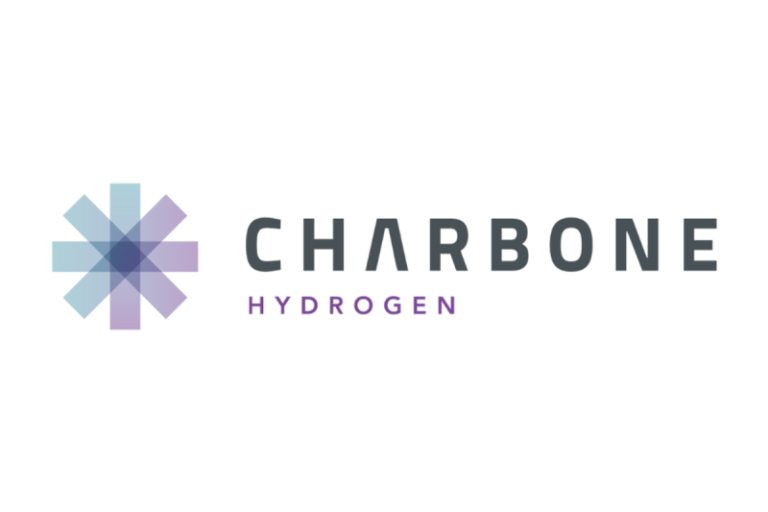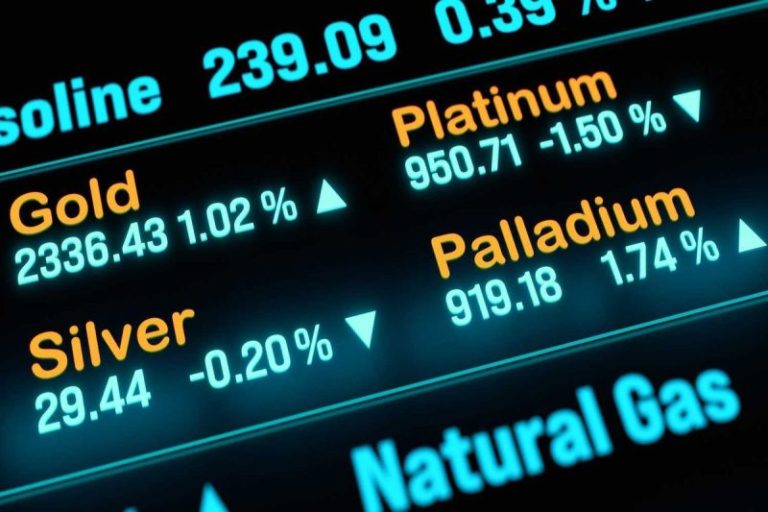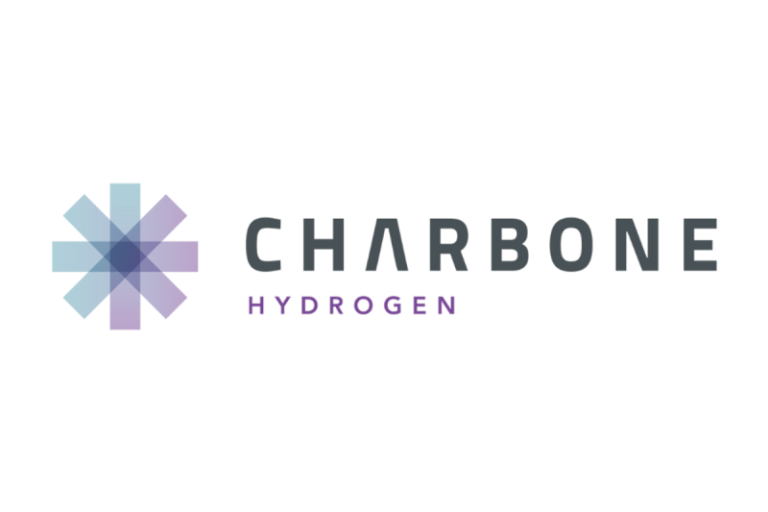Saga Metals Corp. (‘SAGA’ or the ‘Company’) (TSXV: SAGA,OTC:SAGMF) (OTCQB: SAGMF) (FSE: 20H), a North American exploration company advancing critical mineral discoveries, is pleased to confirm the full mobilization of exploration crews and equipment for its highly anticipated major diamond drill program at the 100% owned Radar Titanium-Vanadium-Iron (Ti-V-Fe) Project in southeastern Labrador, Canada.
With site preparations now in the final stages of completion, SAGA is ready to mobilize the rest of its exploration team as drilling is set to commence in early November, targeting the expansion of known oxide mineralization at the Radar project and advancing toward a maiden mineral resource estimate (MRE) over the Trapper Zone.
This major program represents a key milestone in delineating the project’s potential as a strategic domestic source of titanium, vanadium, and high-grade iron ore—minerals critical for defense, aerospace, renewable energy storage, and advanced steel production.
Figure 1: Radar Project’s Trapper Zone depicting a 3+ km Total Magnetic Intensity (TMI) anomaly from the 2025 ground survey and the oxide layering trend. The Trapper Trail (in black) will be the target of the planned 15,000 m diamond drilling program aimed at establishing Saga’s maiden mineral resource estimation.
Final Camp and Equipment Preparations:
With the geologists and drilling team set to arrive in the coming days, SAGA’s on-site team is working through the final stages of camp preparations including personnel and kitchen trailer placement as well as furnishing a full core shack, cutting shack and logging facility.
Figure 2: Brandon Sainsbury and Saga Technicians building core facility in Cartwright
Figure 3: Saga’s team from Cartwright preparing the metal core racks on site.
Meanwhile, the Gladiator Drilling crew from Springdale, Newfoundland has been doing final checks and maintenance on the Duralite 800 drill and associated equipment. They are currently packing up and loading the trailers for mobilization.
Figure 4: Gladiator Drilling team finalizing drill maintenance prior to mobilization to the Radar Project
‘The Gladiator crew is busy at the shop today getting ready for the upcoming drill program for Saga Metals in Labrador,’ stated Josh Blundell, CEO of Gladiator Drilling. ‘We are incredibly privileged and excited about being part of the team with Saga Metals and drilling the Trapper zone at the Radar Project. We had great success drilling the Hawkeye zone earlier this year and look forward to doing what we do best once again, putting rocks in the box.’
Drill Program Objectives:
The Phase 1 Trapper Zone drill campaign will target:
- Grade continuity across a 3 km strike length.
- Oxide layering widths and continuity to depths of about 200 metres.
- Integration of structural insights from trenching and drilling into collar orientation and drill design.
- Initial drilling of 1,500-2,500 m in 6-10 holes, each about 250 m in depth will be completed before the December break.
- Test both the North and South sections of the Trapper zone prior to the break in order to fully grasp grade, width and structure prior to initiating the detailed grid and drill sections in 2026 for the purposes of a mineral resource estimate.
- Drilling will be complemented by metallurgical sampling through the winter, with core from both the Hawkeye and Trapper zones undergoing detailed metallurgical testing.
Figure 5: Trapper base map – Oriented to base line in which 100-meter drill sections have been laid out across the Trapper Zone, perpendicular to the magnetite-oxide layers (seen above as magnetic highs on TMI anomaly from the 2025 ground survey ).
Outlook on Phase 1 of Drilling at the Trapper Zone:
Phase 1 drilling at the Trapper Zone builds on significant milestones from 2025, including:
- Hawkeye drilling success: maiden drill program in early 2025, featuring a 2,209-metre, seven-hole diamond drill campaign across the Hawkeye Zone. The program intersected broad zones of titanomagnetite-rich oxide layering, with cumulative intersections displaying consistent grades of titanium dioxide (TiO 2 ), vanadium pentoxide (V 2 O 5 ) and iron (Fe).
- Metallurgical readiness: Ongoing petrographic and mineralogical studies by Dr. Al Miller confirm those primary magmatic textures favourable for downstream processing.
- Exploration momentum: Expanded property vision with preliminary metallurgical insights and confirmation of large-scale oxide continuity across the Dykes River intrusive complex.
Together, these achievements support SAGA’s strategy of advancing Radar toward resource definition and positioning it as a potential cornerstone critical minerals project in North America.
Advancing the Radar Project
The Radar Property spans 24,175 hectares and hosts the entire Dykes River intrusive complex (~160 km²), a unique position among Western explorers. Geological mapping, geophysics, and trenching have already confirmed oxide layering across more than 20 km of strike length, with mineralization open for expansion.
Vanadiferous titanomagnetite (‘VTM’) mineralization at Radar is comparable to global Fe–Ti–V systems such as Panzhihua (China), Bushveld (South Africa), and Tellnes (Norway), positioning the Project as a potential strategic future supplier of titanium, vanadium, and iron to North American markets.
Figure 6: Radar Property map, depicting magnetic anomalies, oxide layering and the site of the 2025 drill program in the Hawkeye zone. The Property is well serviced by road access and is conveniently located near the town of Cartwright, Labrador. A compilation of historical aeromagnetic anomalies is overlaid by ground-based geophysics as shown. SAGA has demonstrated the reliability of the regional airborne magnetic surveys after ground-truthing and drilling in the 2024 and 2025 field programs.
‘With the final team members mobilizing and the Gladiator drill rigs ready for the Trapper Zone, we’re on the cusp of transforming Radar from discovery to resource. The 3+ km oxide trend we’ve sampled and trenched is now ready for systematic drilling, and Phase 1 will give us the grade, width, and structural clarity needed to design the full 15,000-metre grid for our maiden MRE in 2026. The camp is built, the core shack is furnished, and the community of Cartwright has been our biggest supporter since day one. This is execution season for SAGA, and we look forward to providing updates along the way,’ stated Michael Garagan, CGO & Director of SAGA .
Investor Relations Agreements
SAGA has re-engaged Think Ink Marketing Data & Email Services (‘ Think Ink ‘) to provide corporate awareness and digital marketing services commencing on November 1, 2025.
Think Ink will leverage its expertise in native and display advertising, video content distribution, social media coverage, and targeted email marketing to enhance the Company’s digital presence and expand market awareness in exchange for cash consideration in the amount of USD$100,000. The IR Agreement has an initial term of 31 days unless earlier terminated or renewed in accordance with its terms. The Company may renew the IR Agreement for successive 31-day periods upon providing notice to Think Ink.
Compensation to Think Ink does not include any securities of the Company, and Think Ink does not hold any interest, directly or indirectly, in the Company. Think Ink is at arm’s length to the Company and has no relationship with the Company outside of this engagement.
Think Ink Data & Email Services, Inc., is a California-based marketing firm established in 1991 that provides its customers with a complete range of marketing services that span both digital and direct mail venues. With its digital services ranging from data appending, email marketing and pay-per-click online banner and native ads, Think Ink helps its clients to reach a network of potential investors.
For further information about Think Ink Marketing, please contact: Claire Stevens, 310-760-2616, 3308 W. Warner Ave, Santa Ana CA 92704, Email claire@thinkinkmarketing.com .
Qualified Person
Paul J. McGuigan, P. Geo., is an Independent Qualified Person as defined under National Instrument 43-101 and has reviewed and approved the technical information disclosed in this news release.
About Saga Metals Corp.
Saga Metals Corp. is a North American mining company focused on the exploration and discovery of a diversified suite of critical minerals that support the global transition to green energy. The Radar Titanium Project comprises 24,175 hectares and entirely encloses the Dykes River intrusive complex, mapped at 160 km² on the surface near Cartwright, Labrador. Exploration to date, including a 2,200m drill program, has confirmed a large and mineralized layered mafic intrusion hosting vanadiferous titanomagnetite (VTM) with strong grades of titanium and vanadium.
The Double Mer Uranium Project, also in Labrador, covers 25,600 hectares featuring uranium radiometrics that highlight an 18km east-west trend, with a confirmed 14km section producing samples as high as 0.428% U 3 O 8 and uranium uranophane was identified in several areas of highest radiometric response (2024 Double Mer Technical Report).
Additionally, SAGA owns the Legacy Lithium Property in Quebec’s Eeyou Istchee James Bay region. This project, developed in partnership with Rio Tinto, has been expanded through the acquisition of the Amirault Lithium Project. Together, these properties cover 65,849 hectares and share significant geological continuity with other major players in the area, including Rio Tinto, Winsome Resources, Azimut Exploration, and Loyal Metals.
With a portfolio that spans key minerals crucial to the green energy transition, SAGA is strategically positioned to play an essential role in the clean energy future.
On Behalf of the Board of Directors
Mike Stier, Chief Executive Officer
For more information, contact:
Rob Guzman, Investor Relations
Saga Metals Corp.
Tel: +1 (844) 724-2638
Email: rob@sagametals.com
www.sagametals.com
Neither the TSX Venture Exchange nor its Regulation Service Provider (as that term is defined in the policies of the TSX Venture Exchange) accepts responsibility for the adequacy or accuracy of this release.
Cautionary Disclaimer
This news release contains forward-looking statements within the meaning of applicable securities laws that are not historical facts. Forward-looking statements are often identified by terms such as ‘will’, ‘may’, ‘should’, ‘anticipates’, ‘expects’, ‘believes’, and similar expressions or the negative of these words or other comparable terminology. All statements other than statements of historical fact, included in this release are forward-looking statements that involve risks and uncertainties. In particular, this news release contains forward-looking information pertaining to the exploration of the Company’s Radar Project. There can be no assurance that such statements will prove to be accurate and actual results and future events could differ materially from those anticipated in such statements. Important factors that could cause actual results to differ materially from the Company’s expectations include, but are not limited to, changes in the state of equity and debt markets, fluctuations in commodity prices, delays in obtaining required regulatory or governmental approvals, environmental risks, limitations on insurance coverage, inherent risks and uncertainties involved in the mineral exploration and development industry, particularly given the early-stage nature of the Company’s assets, and the risks detailed in the Company’s continuous disclosure filings with securities regulations from time to time, available under its SEDAR+ profile at www.sedarplus.ca. The reader is cautioned that assumptions used in the preparation of any forward-looking information may prove to be incorrect. Events or circumstances may cause actual results to differ materially from those predicted, as a result of numerous known and unknown risks, uncertainties, and other factors, many of which are beyond the control of the Company. The reader is cautioned not to place undue reliance on any forward-looking information. Such information, although considered reasonable by management at the time of preparation, may prove to be incorrect and actual results may differ materially from those anticipated. Forward-looking statements contained in this news release are expressly qualified by this cautionary statement. The forward-looking statements contained in this news release are made as of the date of this news release and the Company will update or revise publicly any of the included forward-looking statements only as expressly required by applicable law.
Photos accompanying this announcement are available at:
https://www.globenewswire.com/NewsRoom/AttachmentNg/597af781-7eff-4799-ae2f-50aa279d01d2
https://www.globenewswire.com/NewsRoom/AttachmentNg/91bf9c41-2270-4c5b-92b0-7e02b06ee974
https://www.globenewswire.com/NewsRoom/AttachmentNg/2e615d60-b1e1-4799-8fe5-b4bb4056f2a6
https://www.globenewswire.com/NewsRoom/AttachmentNg/917e2382-2508-494a-b53e-29eb20cadb3e
https://www.globenewswire.com/NewsRoom/AttachmentNg/424a434b-189a-4004-8ec6-4d50a29151bb
https://www.globenewswire.com/NewsRoom/AttachmentNg/86cbf955-a8b3-4c40-9946-fa2cd038ac31

